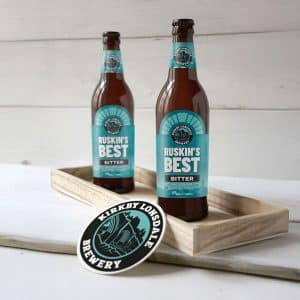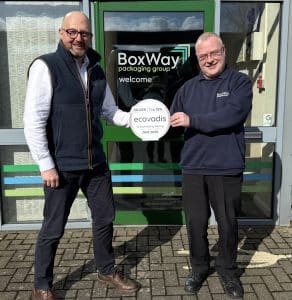Thank you to Ian Jones, James Hunter and Tim Hickford for hosting three tours of the new Brewpoint Brewery.
Opened in August 2020 the site benefits from its own borehole, tapping into the underground aquifer within the Oolite strata under Bedford. Water goes through reverse osmosis and is remineralised to the required specification of each brand.
The brewhouse is a BrauKon kit with a 5 vessel, 30hl capacity, with the capacity to brew up to 9x in a 24 hour period. With expansion, ultimate capacity would be 100,000hl. Steam from the kettle is reutilised to heat the brewing liquor for subsequent mashing.
The brewery still uses the original house ale and lager yeast strains. The new hop gun, named Maverick by the marketing team, aids hop oil extraction.
The KHS keg filler, CIMEC can and bottle fillers, Gruber cask racker package the 75% keg, 20% cask, 5% smallpack. Of the smallpack, nearly 100% is cans, although this may change with the newly commissioned bottling plant.
A distribution agreement with Carlsberg Marstons means that no warehousing capacity is currently needed, with each day’s production being picked up and distributed on behalf of Wells and Co.
A new beer to the portfolio is the 0.5% low alcohol beer, Nil Point, brewed to abv rather than brewed at a higher abv and then pulling the alcohol out.
History of Brewpoint:
Charles Wells, born in 1842, joined the Navy and, in the 1870s, whilst on leave, met Josephine Grimley. In 1875, Charles Wells bought Horne Lane Brewery for £6,500, which comprised the brewhouse, 35 pubs and a pig farm. Charles Wells died in 1914, leaving the brewery to his sons and establishing a brewing lineage down the line.
In 1976 Charles Wells Brewery sold the Horne Lane site and bought a plot on Havelock Street, producing up to 950,000hl/year by the mid 1980s. A wide range of brands were brewed on the Havelock Street site, with Guinness being canned on site at one point.
2017 saw the sale of the whole site and a portfolio of brands to Marstons for £55million. Wells retained the ownership of their pubs and the right to sell beer.
The name “Brewpoint” came about as it was agreed with Marstons that neither company could be called The Charles Wells Brewery, with no Wells branding. The deconstruction of Brewpoint is: Brew = brewery; Point = a major point in the journey of the Wells family. The arrows within the logo represent the previous starfish logo (and not the five exits to the nearby roundabout ????)
The tour of the brewery was followed by a beer tasting, led by James Hunter.
- Nil Point – a 0.5% abv beer with added maltodextrin to give mouthfeel and fullness. Dry hopped with US hops Citra and Mosaic and lactose-free
- Midpoint – a 5% abv continental style lager, which uses maize in the grist to give it a continental, Pilsner style.
- Checkpoint – 4.5% abv hazy session IPA, using 35% wheat to give the haze and US hops (5 varieties) with a high dry hop charge.
- Alpha – 6.7% abv West Coast IPA – a throwback to IPAs from 20 years ago brewed in the Pacific northwest of the US. A beer colloquially referred to as ‘designed by brewers for brewers’, targeting bold flavours, intense but balanced.
- Inkwell – 5.2% abv nitro oatmeal stout (known as Chocolate Toothpaste within the brewery). An oatmeal stout developed for the export market, in particular, France. Uses 7 different grains from light to heavy crystal malts to chocolate and black malt.
- Hop Scotch – 9% abv revival of 18th century Scottish ale, again developed for the export market.
All beers were top notch and a fantastic way to finish a tour. BFBi gives its thanks to Brewpoint for giving time, expertise and beer to BFBi members. A truly great way for supply chain and customers to engage and support each other.





